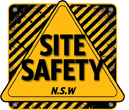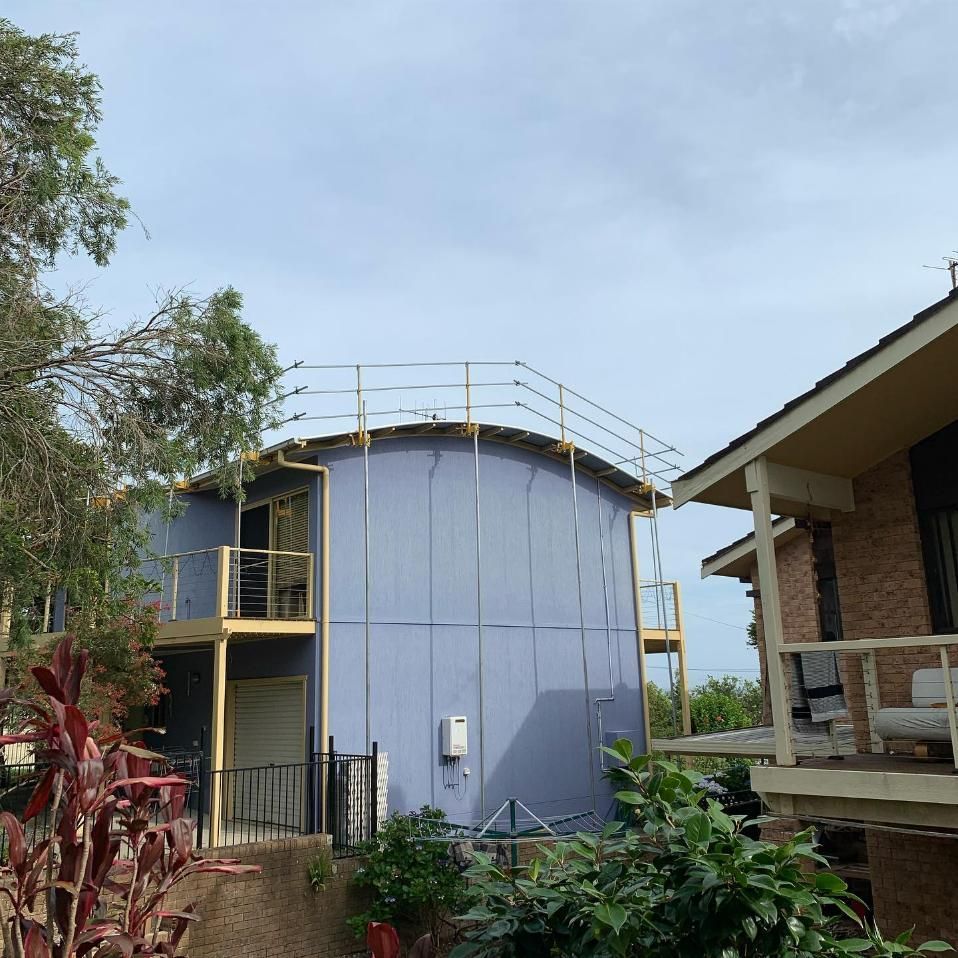Hunter Valley Edge Protection Systems
When it comes to height safety on residential and commercial sites, Site Safety NSW provides trusted edge protection in Hunter Valley. Our experienced team supplies and installs certified systems designed to prevent falls and meet compliance from day one. Whether you’re managing a new build or reroof project, we tailor each setup to suit your site layout, structure type and workflow.
With over a decade of hands-on industry experience, we understand the safety needs of local trades and site managers. Our edge protection systems are fully engineered and tested to meet Australian OH&S standards and can be installed on exposed rafters, fascia boards or structural framing without permanent fixings. We work with SpeedSafe’s innovative systems, known for their non-invasive design, to minimise impact on your build and avoid damage.
Customers rely on us for punctual service, transparent communication and a reliable safety-first approach. From delivery to dismantle, we handle everything with minimal disruption to your team. To learn more or request a quote, contact Site Safety NSW on (02) 4967 1461.
Contact
Contact Site Safety NSW in the Hunter Valley
Thank you for contacting Site Safety NSW.
We will get back to you as soon as possible.
Oops, there was an error sending your message.
Please try again later.
Installing for New & Existing Roofs
Edge protection is not a one-size-fits-all system. Our installation process begins with an on-site assessment or plan review to identify structural features, access points and any obstacles. This allows us to select the right clamp systems for new builds or fascia brackets with stabilising poles for existing homes. We adjust the setup to suit different roof types, pitches and edge profiles, ensuring consistent coverage across the work zone.
All equipment is delivered and installed by qualified technicians who understand how to minimise disruption on active sites. Our team arrives with all required hardware and tools, allowing for efficient assembly and safe working boundaries from day one. The systems we install are non-penetrative, meaning there’s no drilling into roof frames, gutters or exterior finishes.
We coordinate with project supervisors to ensure timelines stay on track and trades can access roof areas without delay. Once work is complete, we return to dismantle and remove the system quickly, leaving the site clean and undamaged. Our process has been refined through years of real-site experience and is built around the safety and productivity of your crew.
This approach gives builders, contractors and property owners peace of mind that their site is secure and compliant throughout the job.
Need Help?
Frequently Asked Questions
Can edge protection be used on tiled roofs?
Yes, edge protection can be used on tiled roofs, but the installation method differs from other roof types. Brackets must be carefully positioned to avoid damaging tiles, and in some cases, systems may be adjusted to work around fragile areas. It’s important to work with providers who understand the structural differences and can ensure stable, secure placement without compromising the roof surface.
Is edge protection better than using harnesses?
Edge protection and harness systems serve different purposes. Guardrails prevent falls altogether, while harnesses are used in fall arrest or restraint setups. For residential and commercial roofing, edge protection is often preferred because it creates a physical barrier, reducing reliance on worker compliance and eliminating many risks. Harnesses may still be used in conjunction for added safety in specific scenarios.
Can edge protection be installed on uneven ground?
Yes, professional edge protection systems can be adapted to suit uneven or sloped ground. Adjustable components and ground support poles make it possible to stabilise brackets even when the base surface isn’t level. Installers will assess site conditions and use custom setups to ensure the guardrails remain secure, regardless of terrain. This makes edge protection viable for rural, sloped or landscaped properties.











